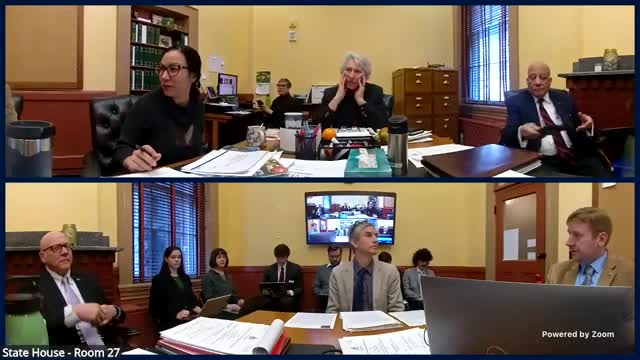
This article was created by AI using a video recording of the meeting. It summarizes the key points discussed, but for full details and context, please refer to the video of the full meeting. Link to Full Meeting
Kinak explained that HHAV is a statewide advocacy organization formed from the merger of the Vermont Affordable Housing Coalition and the Vermont Coalition to End Homelessness. The organization plays a dual role: advocating for policy changes and serving as a collaborative applicant for the state's homelessness response system, known as the Continuum of Care (CoC). Vermont has two CoCs, one for Chittenden County and another for the remaining counties.
During his testimony, Kinak emphasized the importance of a coordinated entry system that helps identify individuals at risk of homelessness and triages them into appropriate services. However, he noted significant gaps in capacity, particularly in case management and affordable housing units, which hinder the effectiveness of the system. This lack of resources leads to backlogs and delays in providing necessary support to those in need.
Kinak also referenced the annual point-in-time count, which assesses the number of unhoused individuals in Vermont. The most recent count, conducted on January 22, revealed approximately 3,510 unhoused individuals, marking a record high. This figure includes 737 children and highlights the urgent need for increased shelter capacity and supportive services.
The meeting underscored the pressing need for comprehensive strategies to address homelessness in Vermont, as Kinak called for enhanced collaboration and resource allocation to improve the state's response. The data from the point-in-time count will be further analyzed, with a report expected in the spring, which may provide additional insights into the scope of homelessness in the state and inform future policy decisions.
Converted from Senate Economic Development - 2025 - 01- 24 - 9:00 AM meeting on January 24, 2025
Link to Full Meeting
Comments
View full meeting
This article is based on a recent meeting—watch the full video and explore the complete transcript for deeper insights into the discussion.
View full meeting